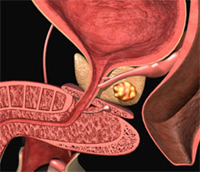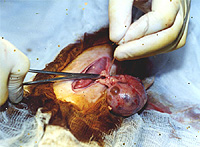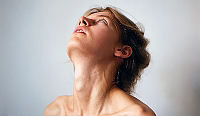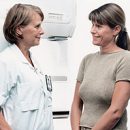According to WHO data, human health depends on the health care by 10%. The remaining 90% is the influence of the environment, nutrition, heredity, social factors.
Content
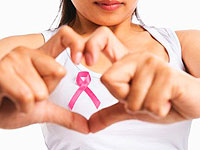 To reduce the risk of breast cancer, it would be nice to be born from parents without the BCRA gene and not have relatives suffering from tumors. Also, the risk of breast cancer reduces the later onset of the menstrual cycle, early childbirth and lack of abortions. The first birth of 18 years (preferably several children) followed by long-term feeding their breasts accompany risk reduction.
To reduce the risk of breast cancer, it would be nice to be born from parents without the BCRA gene and not have relatives suffering from tumors. Also, the risk of breast cancer reduces the later onset of the menstrual cycle, early childbirth and lack of abortions. The first birth of 18 years (preferably several children) followed by long-term feeding their breasts accompany risk reduction.
Living in a house of natural materials with high ceilings away from chemical production, radiation. Better on the edge of a pine boron near the shore of the warm river and in no case in Moscow, St. Petersburg, Khabarovsk and Kamchatka. There is the greatest level of breast cancer.
It should be powered fully, avoid high-calorie diet and regular alcohol reception (even 50 grams).
It is impossible to work in the night shift, conflict at work — This also increases the risk of breast cancer.
All of the above relates to the primary prevention of breast cancer and depends more not from a person, but from everyday circumstances, states and gentlemen of God.
There is still secondary prevention — Identification and treatment of diseases that increase the risk of breast cancer: liver disease, thyroid gland, female genital sphere, hypertensive disease, obesity, diabetes.
Positional diseases include mastopathy, primarily proliferative. When atypical proliferation epithelium risk of cancer increases 3 times.
Now let's turn to practical advice
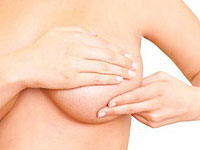 Self-examination. Extremely important part of cancer prevention. Every month is held in the first half of the cycle. In bright room, in front of the mirror. It is necessary to carefully examine and feel the milk gland. Rates for anxiety: the presence of seals in the mammary gland, the skin of the skin, the change in the color and shape of the nipple, separation from the nipple, especially bloody. Should not immediately assign a terrible diagnosis. Consultation of mammologist, ultrasound and / or mammography. Most of the changes found will be benign and will continue to be cured by an experienced doctor.
Self-examination. Extremely important part of cancer prevention. Every month is held in the first half of the cycle. In bright room, in front of the mirror. It is necessary to carefully examine and feel the milk gland. Rates for anxiety: the presence of seals in the mammary gland, the skin of the skin, the change in the color and shape of the nipple, separation from the nipple, especially bloody. Should not immediately assign a terrible diagnosis. Consultation of mammologist, ultrasound and / or mammography. Most of the changes found will be benign and will continue to be cured by an experienced doctor.
Clippering and screening. Even if you are not bothering you, it is necessary to take the blood tests, urine annually, to do the pulmonary x-ray, ECG. List of famous. Despite the simplicity and speed of the examination (it is enough to spend a few hours for testing and their interpretation by a doctor), you can learn a lot of new and useful. Twice a year should be made of ultrasound organs of small pelvis and mammary glands, visit the gynecologist, mammologist.




